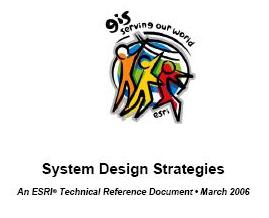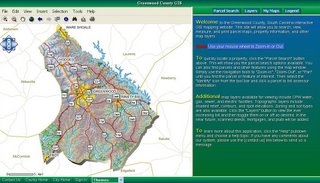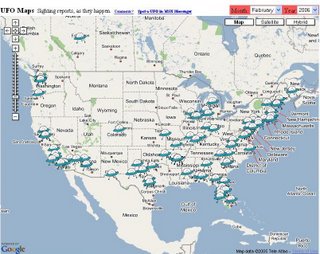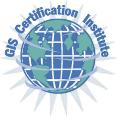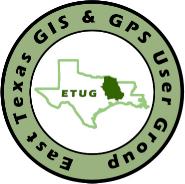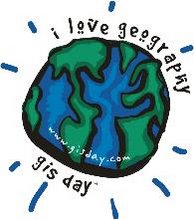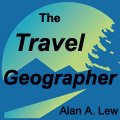 It's been a busy week. This post is quite a bit later than normal. Introduction to ArcGIS I class is complete. So far the reviews I have read have been positive. I guess it went better than I perceived. We also had a great regional GIS meeting today. These are put together by our Council of Governments (ETCOG) in the area. I could see this group really helping the East Texas region. Also, moving day is upon us! Tomorrow is the big day so you won't get to read my boring banter. I cannot wait until Monday morning when I don't have to drive an hour to get to work!! Have a great weekend as I unpack.
It's been a busy week. This post is quite a bit later than normal. Introduction to ArcGIS I class is complete. So far the reviews I have read have been positive. I guess it went better than I perceived. We also had a great regional GIS meeting today. These are put together by our Council of Governments (ETCOG) in the area. I could see this group really helping the East Texas region. Also, moving day is upon us! Tomorrow is the big day so you won't get to read my boring banter. I cannot wait until Monday morning when I don't have to drive an hour to get to work!! Have a great weekend as I unpack.Geography for Travelers is a great podcast put on by Alan Lew. As he says it provides "Geography, and Social Science Insights on Travel and Tourism Around the World." He also has a "website that includes both the show notes for the podcast and hidy blogging on the the same topics." Some of his most recent topics are: Telluride, Colorado Winter Sound Tour; How to Have a Safe Cruise Excursion; Brits Ban Australia, Choice Seats , and Cruise Victim Rights; Global Warming and Tourism, plus China's Great Walls; China Calling: Beijing to Tibet, plus the World Leisure Expo; Dubai Architecture to Draw 15 million Tourists (not Terrorists?); etc. Check it out at http://travelgeography.blogspot.com/.




